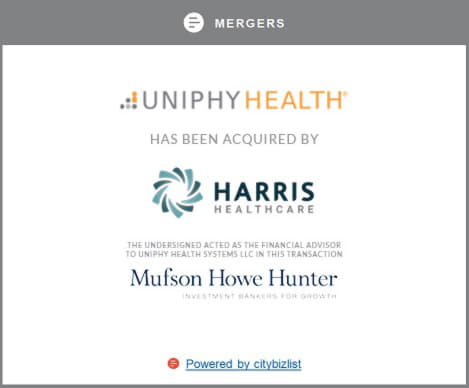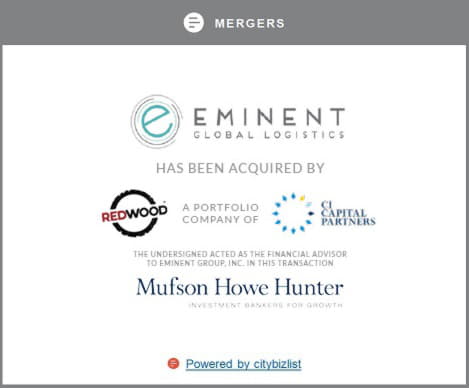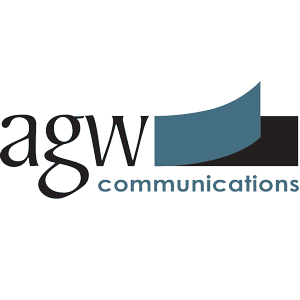Dividend stocks are great for long-term investors who want to sit back and watch secondary income accumulate. Dividend investing can be a great way to supplement returns, especially over longer periods of time once you've accumulated a nice number of paying stocks in your portfolio. In the midst of the biggest recession since 2008, it's more important than ever to load up on safe and reliable stocks that will stand the test of time. A dividend is just one signal of a company's longevity and future value.
One healthcare stock that dividend investors gravitate toward is Johnson & Johnson (NYSE:JNJ). The big-name drugmaker pays a decent and regular yield: It's been growing payouts for decades and its drug pipeline and consumer goods businesses are solid. But perhaps there's an even better option for dividend investors in pharmaceutical company AbbVie (NYSE:ABBV). Here's why:
AbbVie's dividend yield is much higher -- and likely to stay that way
Today, J&J pays its shareholders a quarterly dividend of $1.01 for an annual yield of 2.6%, which is well above the S&P 500 average of 2%. AbbVie, however, pays a quarterly dividend of $1.18, which annually yields over 5% at current share prices. This is significantly higher than J&J's yield, such that if you were to invest $10,000 in both stocks, AbbVie's annual payouts would be $240 higher. Even if you factor in each company's historical dividend growth, that gap isn't likely to narrow.

IMAGE SOURCE: GETTY IMAGES.
Unless J&J's share price falls sharply to where its dividend yield increases significantly (or the reverse happens to AbbVie), it's unlikely that J&J's dividend will bridge the gap. Both of these companies have long histories of paying dividends. J&J is a Dividend King, having raised payouts for 58 years in a row. AbbVie is still a Dividend Aristocrat, having increased dividend payments for more than 40 straight years if you include its time as a part of Abbott Labs.
J&J has increased its dividend payments by 34.7% from the $0.75 it was distributing to shareholders five years ago. Its rise averages to a compound annual growth rate (CAGR) of 6.1%. In contrast, AbbVie's payouts are more than double the $0.51 it was paying in 2015, and sport a CAGR of 18.3%.
AbbVie's most recent payout increase was a modest 10.3%, though still higher than the 6.3% that J&J hiked its payouts by earlier this year. Unless there's a significant change in dividend policies from either of these two companies, it is unlikely that J&J's dividend and yield will best AbbVie's anytime soon.
AbbVie's dividend is at less risk in the long-term
Another reason income investors should opt for AbbVie's dividend? It's growing, and not really at risk of slowing down.
On May 8, the company completed a $63 billion acquisition of Botox-maker Allergan. The move leaves AbbVie a more reliable long-term buy, as the deal diversified the pharma company's business. Currently, AbbVie relies on Humira, a biologic used to treat arthritis, psoriasis, and Crohn's disease for 50% of its sales. The deal with Allergan renders AbbVie's business opportunities safer, and makes room for the company to continue growing its dividend payouts at a high rate.
Even without the new acquisition, an ability to increase its dividend probably would not be a huge concern for AbbVie. The company has reported positive free cash flow in each of the past 10 quarters in amounts far higher than the sum paid out in dividends. Last year, dividend payments amounted to about 47% of its total operating cash flow.
This is not to say that J&J has had trouble maintaining its dividend either. It's also generated positive free cash flow in each of the past 10 quarters, and has had more than enough to cover its dividend payments, which amount to about $9.9 billion annually. In 2019, J&J's dividend payments comprised about 42% of its own operating cash flow.
One of the biggest concerns that investors have with J&J is the company's legal turmoil. Over the past few years, it has faced lawsuits surrounding the antipsychotic drug Risperdal, talc baby powder, and most notably, its role in the opioid crisis. In 2019, the company incurred $5.1 billion in litigation expenses, more than double the $2 billion it recorded in the previous year. While its dividend remains safe today, future litigation could become a problem for the New Jersey-based company, especially if expenses continue to rise and new suits are filed. If J&J is consistently spending billions in court, keeping up its dividend payments at its current rate could be a challenge.
Both of these companies are in similar boats due to COVID-19. In J&J's second-quarter results, released on July 16 for the period ended June 28, sales of $18.3 billion were down by 10.8% year over year. Earnings per share (EPS) of $1.36 also declined by 34.6% from the year-prior period.
AbbVie released its second-quarter results on July 31 for the period ended June 30. Its sales of $10.4 billion were down 5.3% on a comparable operational basis. Sales were technically up 26.3%, but that was largely due to the integration of Allergan into the results. EPS was negative $0.46, compared to positive $0.49 for the same period last year. The company incurred $777 million in acquisition-related expenses during the quarter, which weighed on its bottom line.
AbbVie is the way forward for income investors
Although J&J is a Dividend King, that's not enough for it to prove the better buy when compared to AbbVie. An investor's job is made trickier by the fact that both of these healthcare stocks appear similar in their returns this year:
Neither company has quite outperformed the S&P 500, although both are stable, value investments. But with a better payout and a strong, perhaps less perilous future, AbbVie looks to be the better immediate option for dividend investors.
10 stocks we like better than Johnson & Johnson
When investing geniuses David and Tom Gardner have a stock tip, it can pay to listen. After all, the newsletter they have run for over a decade, Motley Fool Stock Advisor, has tripled the market.*
David and Tom just revealed what they believe are the ten best stocks for investors to buy right now… and Johnson & Johnson wasn't one of them! That's right -- they think these 10 stocks are even better buys.










